Thomas Buelens on All the cats are grey

For the nomination of All the cats are grey by Savina Dellicour at the 69th Cannes Film Festival, in the Junior section, we asked a few questions to Thomas Buelens, SBC, about his work as a cinematographer.
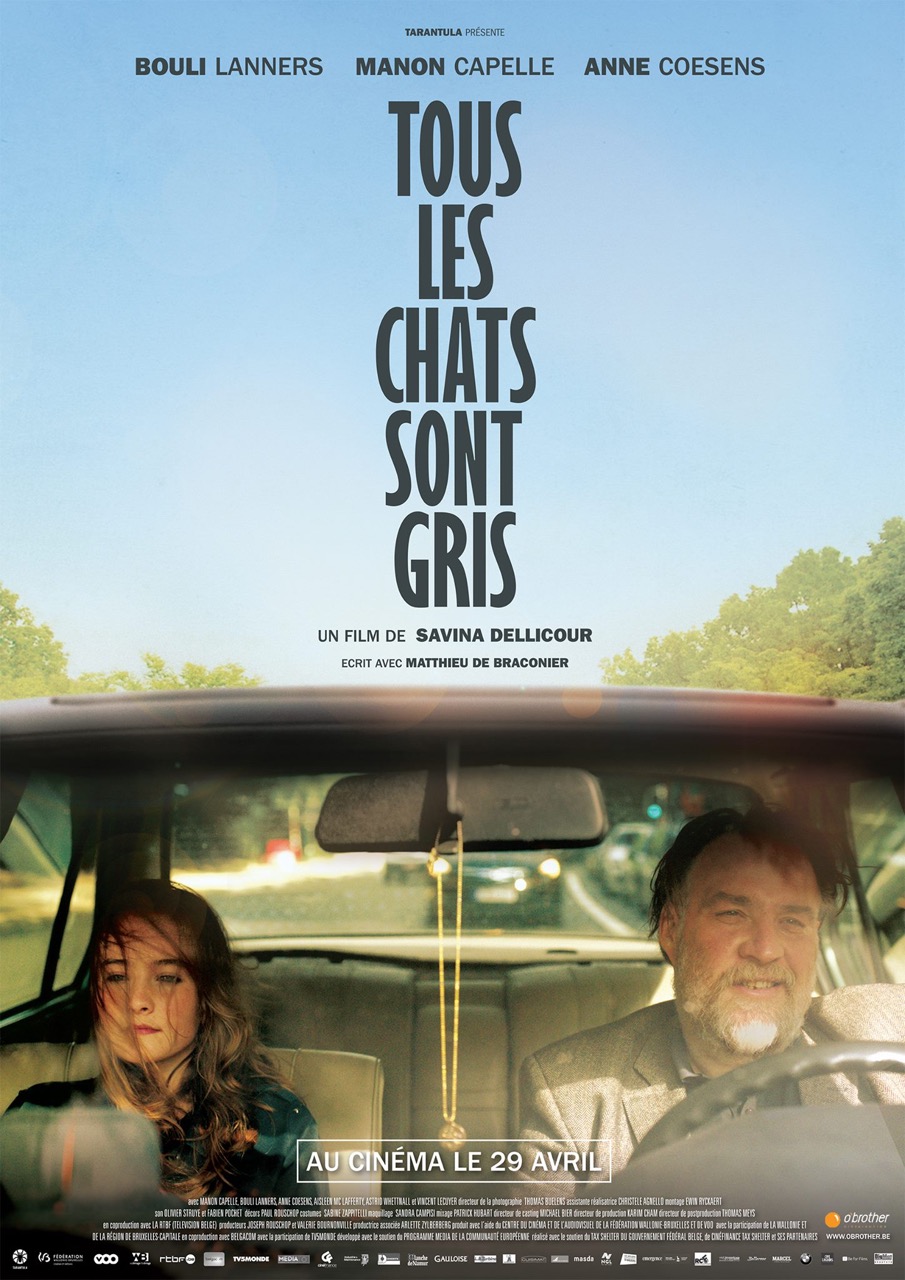
Why did you become a DOP ?
TB: When I was about fourteen, I was a skateboarder. I was so interested in the whole skateboarding scene that I started reading the specialized magazines and watching videos about it. They had really nice and artistic images, editing and cinematography. That sparked my interest into photography and filmmaking which lead me to making a couple of skateboarding videos.
Then one day, funny enough, I get a call from my brother-in-law telling me that I had to see this film on television: “The Big Lebowski” by the Coen brothers. At that time, I knew nothing about cinema. I was a typical teenager watching mainstream movies. When I saw “The Big Lebowski” my eyes opened. It was my first real film experience. It made me think about script, directing and cinematography. That’s when I started watching a lot of films, by the Coens, Kubrick, etc.
When I was about 17, I found out that I could study cinema. I was still in high school, but there was a school for audiovisual art in Antwerp, called SISA, which I attended for some time. After a while, my mind was completely set to making short films so I stopped skateboarding. I could have graduated at SISA, but I was already doing gigs for Alfacam (pulling the cables and stuff like that) and got many other offers that I quit school. So I don’t have a degree. My teachers were worried about me, but everything worked out pretty well. For example, right after I quit school I did my first feature film as a clapper loader on 35mm.
Furthermore, I believe it was in my genes. My father and my grandfather had photo shops in Antwerp. Their shops became Belgium’s number one Leica distributors. So I kind of grew up around Leica cameras. My father taught me some of the basics. And for some reason, I always took pictures and filmed with ease.
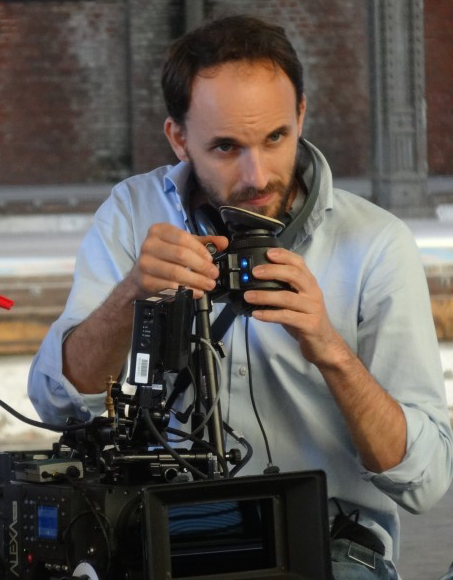 Thomas Buelens, SBC
Thomas Buelens, SBC
When did you shoot your first long-length film?
TB: I started with a lot of commercials. I worked all over the world with a production company commissioned by CNBC. It was a very good learning school. I did my first feature as a cinematographer when I was 21. The film was called “Catnapping” directed by Thorsten Chris Gritschke. My second film was “Christmas in Paris” by Hans Royaards. I was 23. “All the cats are grey” by Savina Delicour is my third film, that was 3 years ago.

Synopsis: Paul is a chubby kind-hearted amateur detective. Dorothy is an intense upper class teenager. Paul is into quoting Sherlock Holmes and watching Derrick. Dorothy is into punk clothing and hating her mother. Paul is forty three, Dorothy is sixteen, and the only thing that links them is Paul’s knowledge that he is Dorothy’s biological father… over time, this has grown into a one way relationship with Paul spying on Dorothy as she grew up, always from a safe distance… They would never have met if Dorothy hadn’t heard of Paul’s amateur detective skills. She wants to use him to find her father…
Principal cast: Manon Capelle, Anne Coesens, Bouli Lanners, Dune de Braconier
Language: French
Production companies: Tarantula Belgique
Release date: 29 April 2015
 Anne Coessens
Anne Coessens
How did you meet Savina? It was her first film, wasn’t it?
TB: I did a commercial for Japan Airlines with the producer of the film, Joseph Rouschop. He gave me the script that I found very interesting and then I met with Savina and she liked my work. She worked hard for 10 years to get the film financed, so it was a very long journey for her.
Can you tell me about your artistic approach of the project?
TB: It’s a film about family secrets, so I wanted to do a cinematography that was not noticeable, without effects and in such a way that the viewer would not step out of the story. In my opinion, the story always comes first. We went through a lot of pictures, such as Magnum photographs. We wanted to be really close to the characters. The idea was that in the same frame you could understand the situation and really read the character’s feelings on their faces. Amazingly she had almost the same references as mine.
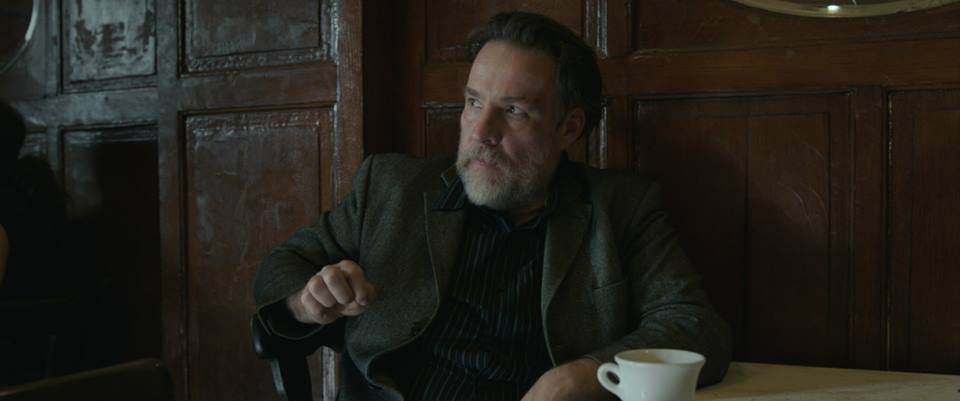
I beg to differ, for me the image is mostly warm and contrasted, there is nothing transparent about it.
TB: Our wish was to create an enhanced reality. It’s just like reality, but with a little extra. Also, because we were on a tight budget and had very limited time, we had to compromise. But we really wanted to preserve a filmic touch. We did it in a lot of ways. Of course, the contrast, the depth of field, the tones and the summer feel contributes to that impression. But at the same time, we decided to shoot everything handheld in order to be closer to the actors and to increase the feeling of reality. The idea was to mix Belgian French real cinema and English American glossy cinema.
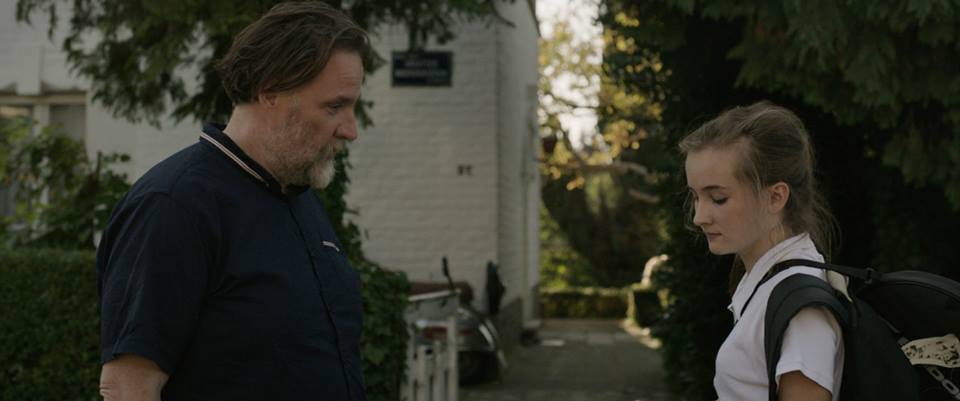
You said the shooting was very short, for how long did you shoot?
TB: We shot for 28 days but we were really one week short. We managed, but we had to cut down in certain areas: Savina cut down on time with the actors, me with the framing and lighting. The prep was very short too. I think I had maybe one or two weeks, which wasn’t enough and was spent only on location visits and technical matters. Of course, all of that was due to the budget.
It doesn’t show at all.
TB: Well we did everything we could to have the film up to our expectations.
You mentioned locations, where did you shoot?
TB: The location is very important in the story because the family is part of the Uccle’s bourgeoisie. For Savina it was really important that we shot there, so we did and I think you can feel it in the film. The idea is that when you walk in this neighborhood, you see all these beautiful houses from the outside and yet you can’t tell what is going on inside, the struggles, the issues that they have.
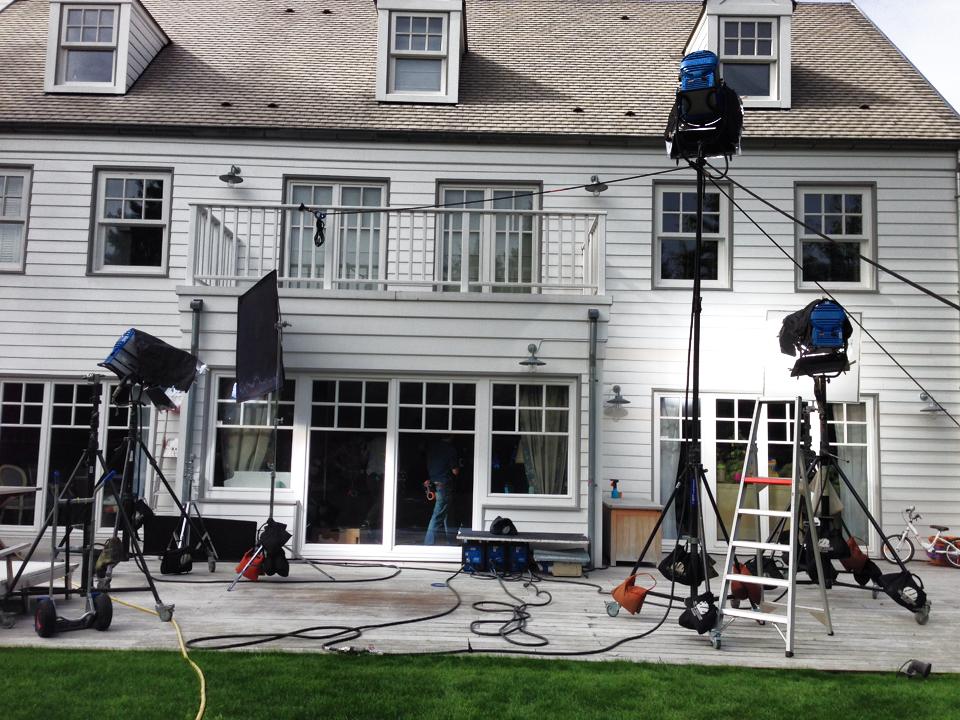
What camera and what lenses did you use?
TB: We did some research, but I knew I wanted to shoot with the Alexa, because, in my opinion, it’s the closest you can come to a 35mm look. Lenses were a bit of an issue for us, though. First, we had to decide if we were going to shoot with anamorphic or spherical lenses. We tested Hawks V-Lite lenses and Savina loved it. We first tried these lenses because there were very light and we wanted to shoot everything handheld. It would have been more difficult to do so with old Hawks or big Panavision sets. They’re also more discrete lenses for the actors. You have more freedom in movements. Then, we tried the Leica Summilux-C lenses, which were just released at that time. I had done a shoot with them shortly before and I think I was one of the first cinematographers in Belgium to shoot with it. Savina was really impressed by their particular look, almost between anamorphic and spherical lenses. Because of their aspherical elements, they do really nice things with the bokehs, the backgrounds, the rendering of people’s skin and atmosphere. So we decided to go with them.

How did you manage to get these approved by the producer? It was a rather expensive choice, wasn’t it?
TB: It was so important to us, so we really fought for it. We managed to convince the producer and Eye-Lite to support us. I would like to thank Eye-Lite for their kindness, because it really helped the film. Perhaps the viewer doesn’t see it, but I think he can feel it. Maybe if we had shot with anamorphic lenses, the film would have been a little bit too cinematographic, but with the Leica lenses, it’s more naturalistic but still with something extra.
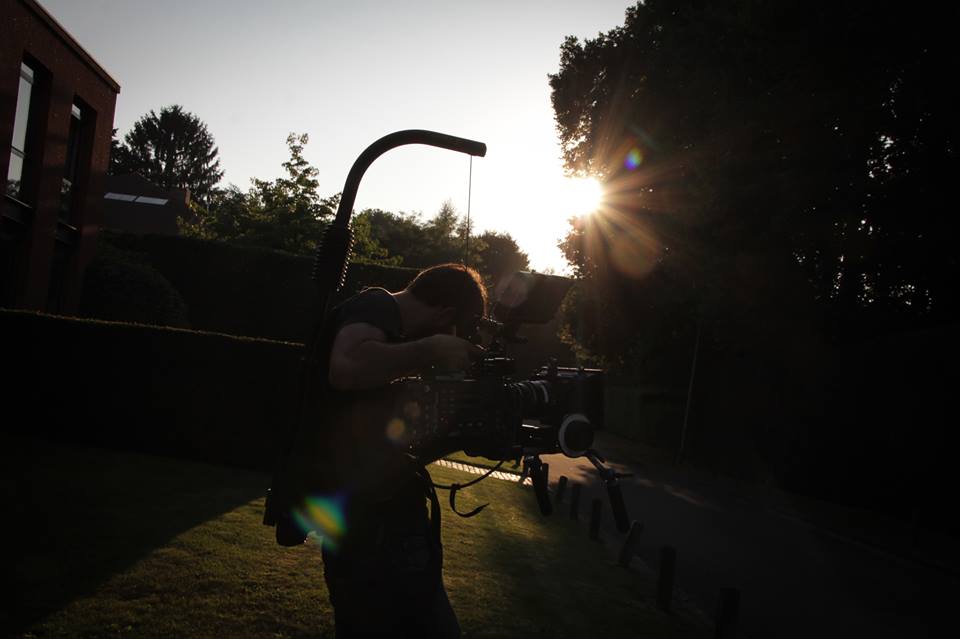
And also because it was in your DNA… because of your father and your grandfather.
TB: Yes, for sure. Funny enough, around that time it was also the century celebration of Leica. For me it was like closing a circle. You know that Oskar Barnack invented the first Leica camera with 35mm cinema film while working for Leitz (LEItz CAmera), because he had asthma and had difficulty handling the heavy cameras of that time to take the pictures that he wanted. So Leica started with film but they never made cinema lenses, until now.
Funny story: after the film, I went with my father to the renewed Leica factory in Wetzlar. We met the constructors of the optics CW-Sonderoptic. I showed them some pictures of the film that wasn’t released yet and they were so exited that they gave us the grand tour. It was a really nice experience to share with my father. Also you really see how difficult and magical it is to make lenses, it’s really worth a visit. I recommend you go.

I will. How was the lighting handled?
TB: We had a small package, very basic: some 1800 HMIs and some tungstens, but very few. We wanted to make soft lighting but still contrasted, so we used a lot of negative fill, but also reflections and diffusions. For the rest, we also used a lot of 60W bulbs that we would hang to the ceiling. I use them to produce a nice warm glow around people.
How about the framing? You said you did most of the film handheld. But you also did some shots with a Steadicam operator, am I right?
TB: Most of the film was done handheld, but in order to respect the more subtle scenes of the script, we also did some shots on dolly and tripod. We really wanted to have a nice introduction to the movie, so that the viewer would be sucked into the world of Uccle’s bourgeoisie. The opening scene was the only one that was really expensive. We used a camera car and we put Olivier Merckx, the Steadicam operator, on the front. That’s how we did the smooth view of the street at the beginning of the film that ends at the house of the family. We also had a mini aero crane for one shot. The camera starts behind Manon’s head and then turns around her to discover that she’s secretly smoking in the garden.
 Thomas Buelens, SBC, with Olivier Merckx, steady cam operator
Thomas Buelens, SBC, with Olivier Merckx, steady cam operator
There are a lot of close-ups. Why?
TB: The film is about internal struggles so Savina wanted to see the characters’ faces. As a viewer you know that Manon wants to meet her biological father, that Paul is that father and that he doesn’t know what to do because the mother doesn’t want him to come forward. It’s like a ticking bomb in a Hitchcock’s movie. We used a lot of long lenses, 50mm and above to really portray what was going on inside of them.
Wasn’t it too hard to do all the film handheld and in long lenses ?
TB: Yes, it was. But we had no choice. Savina and I really wanted to preserve the freedom of the actors so I had to follow them no matter what.

How about your collaboration with the other departments: make-up, costume design, art direction, etc.?
TB: It was very nice. I was especially impressed by Paul Rouschop, the production designer. He had a lot of experience and he did a wonderful job with the feel of interior locations. Because of the limited budget, we had to use existing locations. We were forced to find houses that already had the style that Savina wanted. For instance for Paul (Bouli Lanners’ character) we had to find a house in which he wouldn’t fit in, because in the story he is still living in his parents’ house. All the houses that we found were very small, so it was a challenge to light, but also to frame. Paul Rouschop really helped with the atmosphere by paying attention to small details on set, such as stuffed animals.
How did the work with the actors go?
TB: It was amazing. I had never worked with such great actors in my life. In the beginning we were a little bit nervous because Bouli is a great filmmaker. He has such experience that we were afraid that he could interfere in the directing, but he’s very professional. The cool thing about him is that he is so experienced in filmmaking that he knows exactly the difficulties that the director, and by extension the cinematographer, are facing. He knows what lenses you are using, what depth of field it implies and how he can act to produce the best results. Also, he is so funny in-between scenes, but very serious when the camera is rolling which is very pleasant.

I don’t suppose you had a DIT with such a restricted budget?
TB: No! (Laughter) Although I sometimes work with a DIT on commercials, I strongly believe that the best you can do, is to get the image as close as possible to what you want during the shooting. I really control the light, which makes grading easier. I usually use a normal LUT like a REC709, because, for me, what you see is what you get. You can’t get lost in post-production.
So how did you handle the postproduction?
TB: Basically what we did with Veerle Zeelmaekers, the colorist, was bridging the differences, ameliorating the continuity. Savina also added a little bit of green in the shadows.

How is the result of the project for you?
TB: I was very pleased with the results given the circumstances, the time pressure and the low budget. It was really a difficult shooting for everybody but they went all out. Saving was very satisfied and the film was very well received. It was nominated and won some awards such as the Magritte for Best Debut Film, but also at Santa Barbara Film Festival, Montreal and Mannheim film festivals. Now it is in Cannes. The film is about to be released in France and in Germany, which is very good for a small film like this. I can’t say it’s my best work, I mean by that that it isn’t the most impressive cinematography I have ever made, but it isn’t what matters. What matters is that the cinematography is exactly how we wanted and that it serves the story well. At the end, it’s much harder to make cinematography that feels natural and doesn’t show than the opposite.
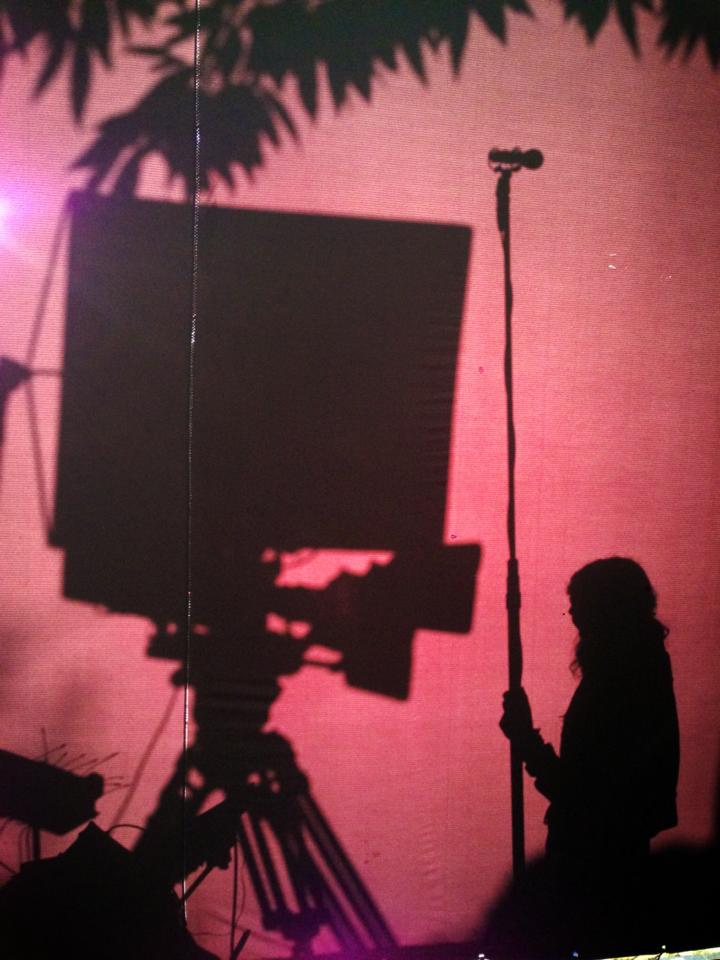
Crew:
Assistant camera: Arthur Anger & Benjamin Morel
Gaffer: Corentin Kopp
Key grip: Edwin Van Den Hove
Colorist: Veerle Zeelmaekers
Equipment:
Camera & Light: Eye-Lite
Lab: Mikros Image
